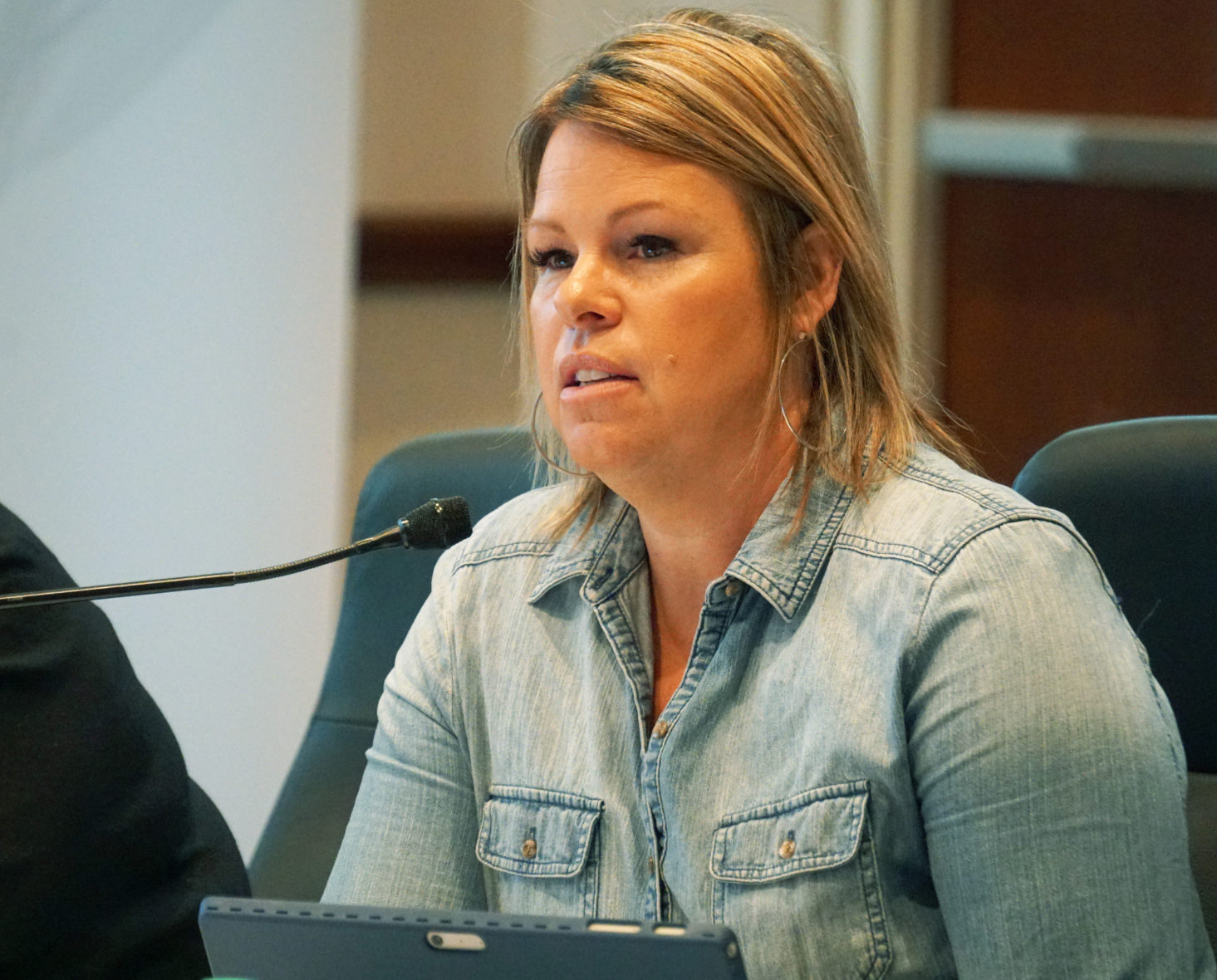In the West Side School District — in a rural southeast Idaho community far from Idaho’s coronavirus hotspots — trustees wanted to reopen school this spring.
The board unanimously supported a reopening plan, but the local health district rejected it. Health officials wanted assurances that the schools could maintain proper social distancing. Trustees were willing to risk it, in a county with no confirmed coronavirus cases. “We’ve been locked down so much that there’s not even a curve to flatten,” Superintendent Spencer Barzee said Wednesday.
Barzee is frustrated that his 800 students are still home, and he’s frustrated his district’s elected trustees weren’t allowed to make a decision. “Every one of them has kids in our school district,” he said. “They’re there for the kids.”
West Side provides a glimpse into what has been unfolding over the past seven weeks, largely behind the scenes. The question of closing — or reopening — Idaho’s schools during a global pandemic is visceral. The tension is real. It has just remained below the surface.
Idaho’s public coronavirus debate has centered on Gov. Brad Little’s staged, two-month plan to reopen businesses, and for many reasons. A staggering surge in unemployment, with more than 125,000 jobless claims filed in seven weeks. A series of Statehouse protests. A widening rift between Little and Lt. Gov. Janice McGeachin. A procession of Republicans — not just McGeachin — who have felt emboldened to publicly poke Little in the eye over his incremental approach.
Sen. Lori Den Hartog, R-Meridian, has received plenty of emails over the economic fallout from COVID-19. “That has definitely not been the case for schools,” said Den Hartog, a member of the Senate Education Committee.

But for Greg Wilson, Little’s education adviser, and for State Board of Education President Debbie Critchfield, it’s a different story. Both say they have been lobbied by educators on both sides of the fence — by some who didn’t want to rush into reopening, and by others who wanted to get kids back into school for the final weeks of the year.
And Critchfield noticed a change in sentiment from mid-March, after Idaho reported its first confirmed coronavirus cases, and Little urged schools to remain open. Unconvinced, most Idaho schools announced shutdown plans within days; some made their announcements within hours.
“We definitely felt that shift,” she said, “from hurry and close to hurry and reopen.”
Critchfield says State Board members have tried to respond to what they were hearing from locals. The board’s statewide school closure, announced March 23, was an attempt to give guidance to administrators who closed schools quickly and weren’t sure what to do next. Two weeks later, the board changed course, offering schools the option to reopen.
Shoshone district Superintendent Rob Waite was interested. Working off the State Board’s reopening guidelines, his district developed a plan to reopen schools for the final two weeks of the year — just enough time to get kids back into a classroom and try to build some momentum for the fall.
Local health officials hadn’t signed onto the plan, which would have limited classes to 20 students, but it’s now a moot point. On Monday, the State Board changed its course again. Citing Little’s business reopening plan, and its restrictions on private and public gatherings, the board said it would not allow 10 or more people in a classroom at a time.
“That’s game over,” Waite said. “There’s no other way to put it.”
Unlike Barzee, Waite stopped short of saying he was frustrated with the process. “It is what it is.”
Whatever the process is now, it’s only going to continue.
Now, state and local officials will turn their attention to the fall. Little and the State Board hope to reopen schools. However, board members are preparing for the possibility that schools will remain closed, or the possibility that a second coronavirus wave will force short-term shutdowns.
“I hope they don’t set the bar so high that we can’t jump over it,” Madison school Superintendent Geoffrey Thomas said.
The State Board hopes to have fall guidelines written by the end of June, Critchfield said, so local administrators can start making decisions. Some ideas from the old guidelines will probably make their way into the fall framework. Other issues remain unresolved — including the question of who decides to open a school.

Under the State Board’s original guidelines, the school board and the local health district both had to sign onto a reopening plan. That created the West Side impasse, to Barzee’s chagrin; when the local health district said no, his district’s reopening plan was scrapped.
Wilson said he has spoken with Barzee, but remains steadfast. “I’m familiar with his frustration … (but) I think it should be collaborative.”
House Education Committee Chairman Lance Clow, R-Twin Falls, said there could be room for a middle ground, perhaps allowing schools to appeal a health district decision.
Barzee, meanwhile, holds to one non-negotiable point. He says his students cannot afford “another six-month recess.”
“We’ve got to get back to work,” he said. “We’ve got to get back to educating kids.”
Monday’s latest State Board decision was a stopgap. The debate about reopening schools — and when and how to do it — is far from over.
Each week, Kevin Richert writes an analysis on education policy and education politics. Look for it every Thursday.
More reading: How one Idaho private school is a reopening outlier.
